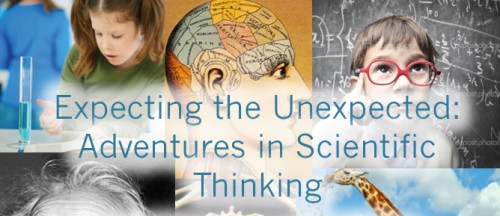How do we know we can trust a source or a claim made by someone? What constitutes “good science”? Knowing the answers to these questions is an important critical thinking skill for all students and is even more important in this digital age where students are exposed to information from many different sources with varying degrees of accuracy and qualifications. Everyone, including your students, is constantly facing confusing news stories and conflicting data and evaluating these claims requires the ability to think critically about all the information being thrown at them.
This lesson contains activities that you can do with your middle and high school students to teach them critical thinking skills such as the importance of attempting to disprove a hypothesis, using hypotheses to make testable predictions, and examining a recent case of “bad science” that has resulted in harmful consequences. In addition, we include modifications for doing similar activities with elementary school classes. We’ll also give you tools to deal with news that your students bring in with them, and how to help them go from just repeating data, to thinking about it.
http://scienceornot.net/ is a teacher resource with worked examples of how to reason through scientific claims made in the media, and general critical thinking. This is an excellent primer if you’re not already comfortable with the material in this lesson plan.
At the conclusion of the lesson, students will be able to:
- Look for data that would disconfirm their ideas
- Understand different types of evidence, and how useful they are
- Make predictions based on incomplete evidence
Lesson length: About an hour
Grade Levels: Designed for middle and high school, but activities have elementary school level alternatives
Resources:
- Lesson Plan (DOCX)
- Introductory presentation (PPT)
- Rough Guide to Spotting Bad Science (PDF)
- Rough Guide to Type of Scientific Evidence (PDF)
- Hypothesis Testing Game _student edition (PDF)
- Hypothesis Testing Game_teacher edition (PDF)
- Case study and supporting papers:
Lesson Plan created by GK-12 Fellows Emily Dittmar & Amanda Charbonneau, 2015

